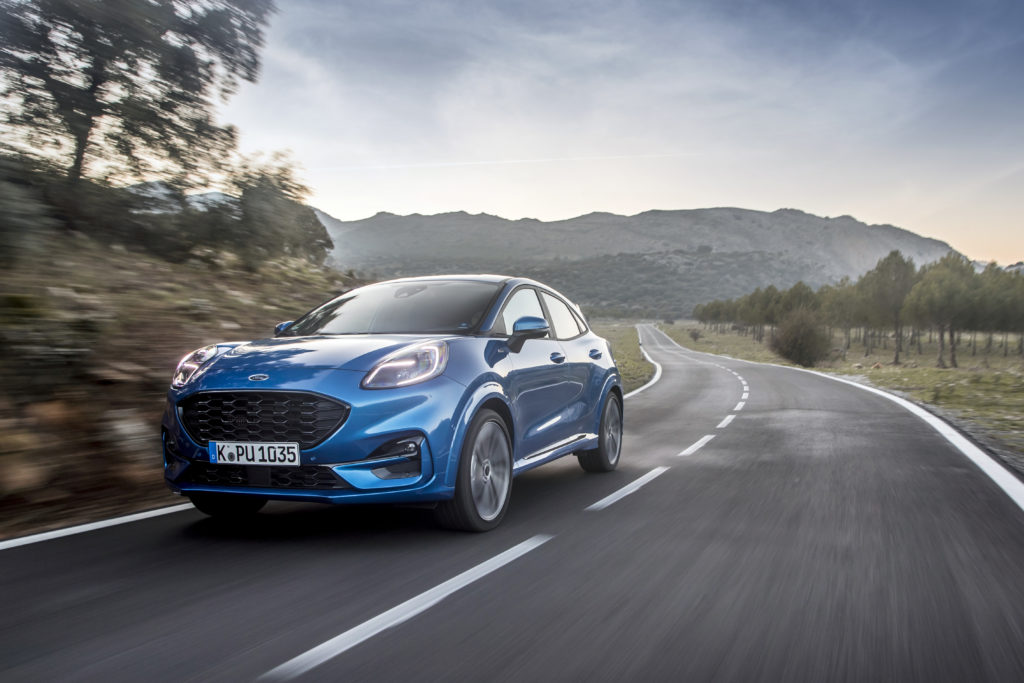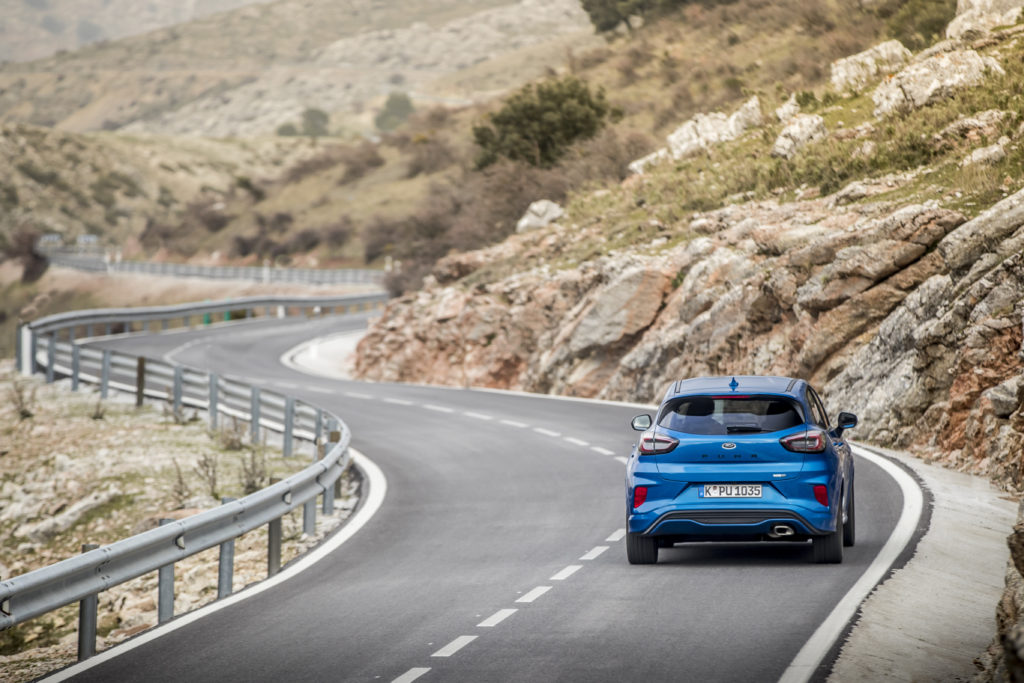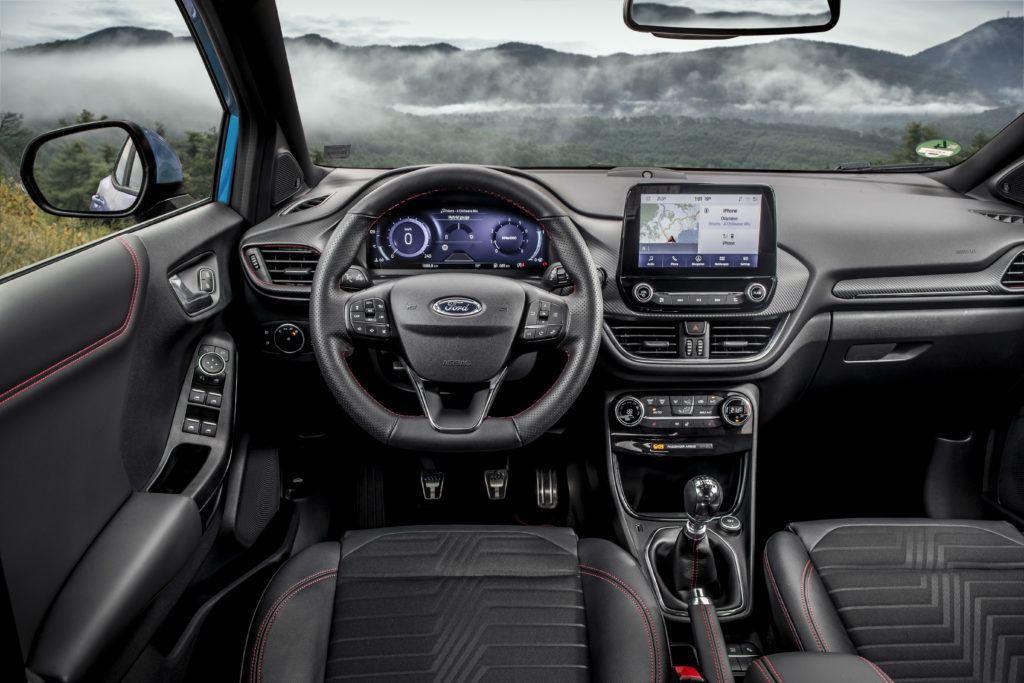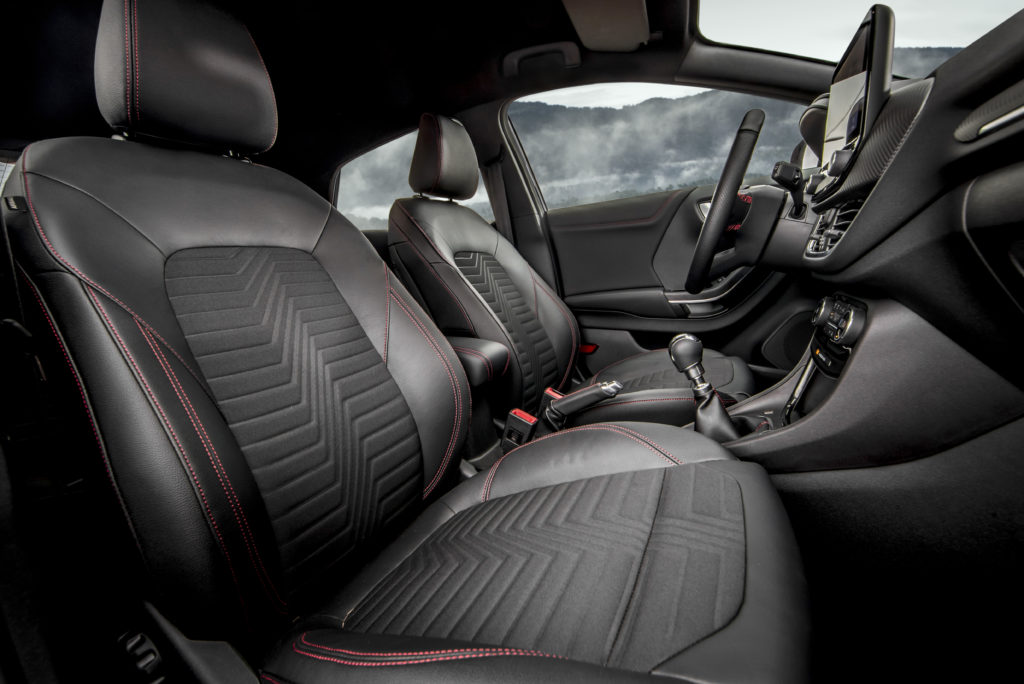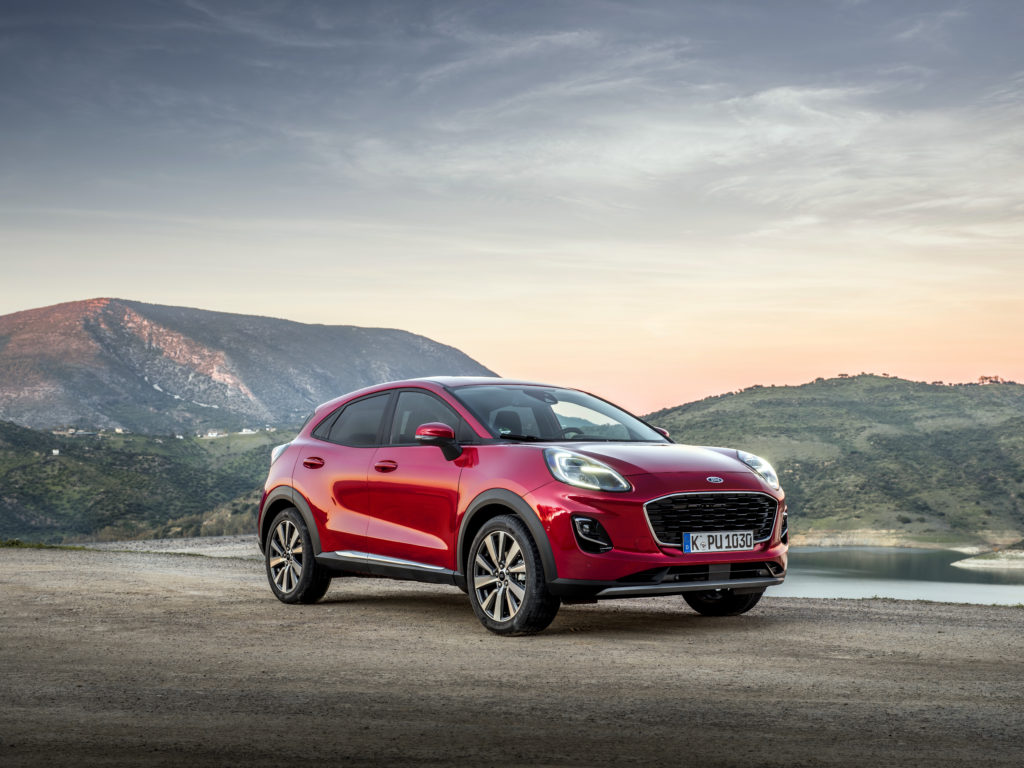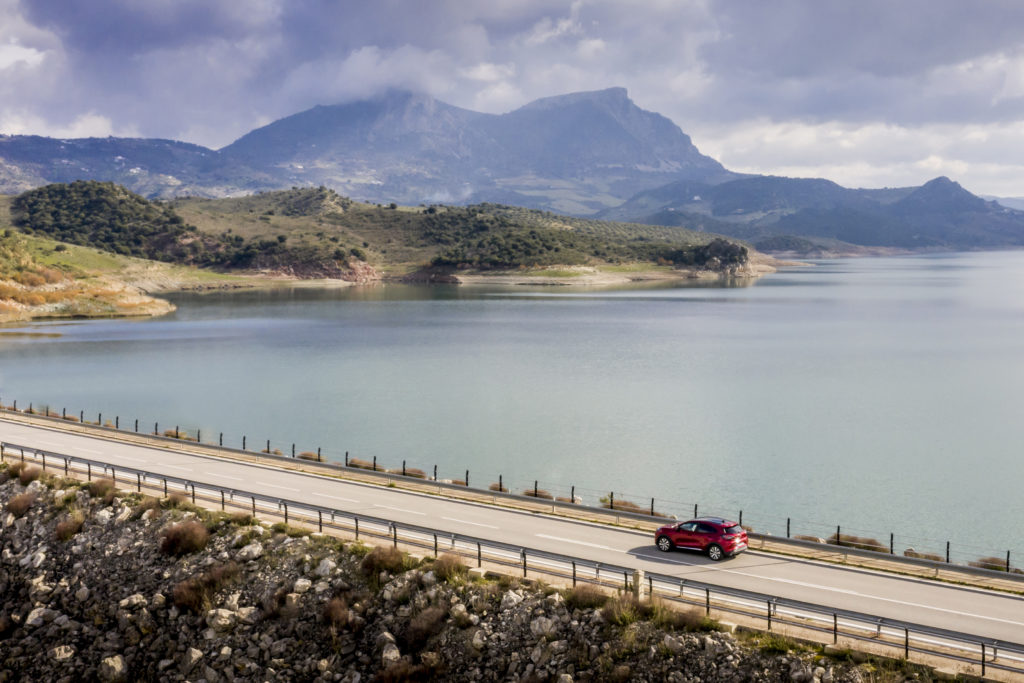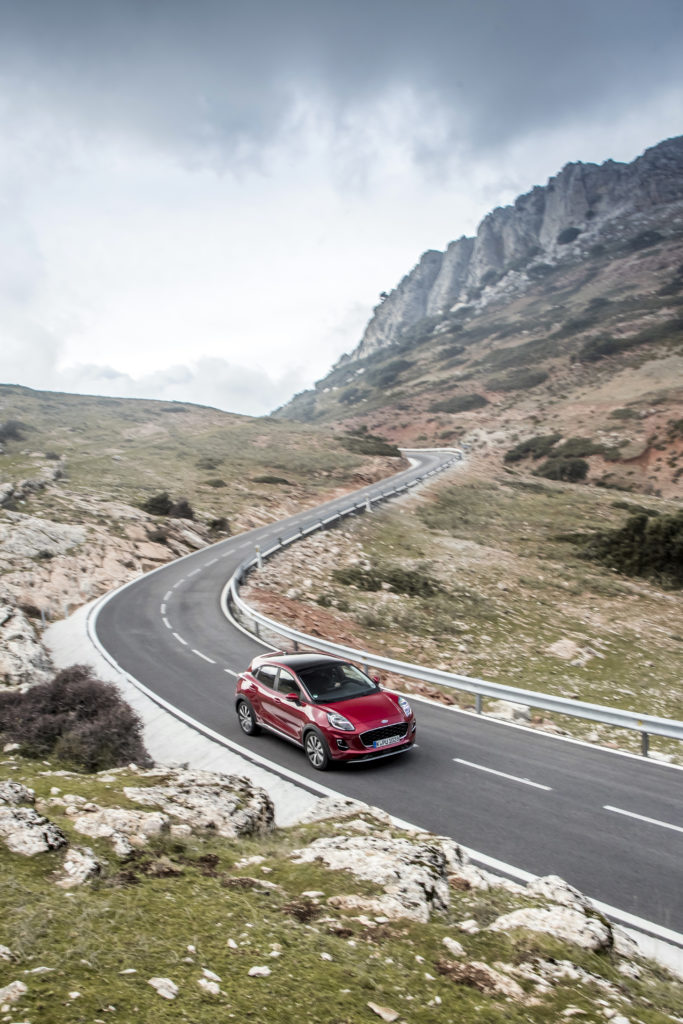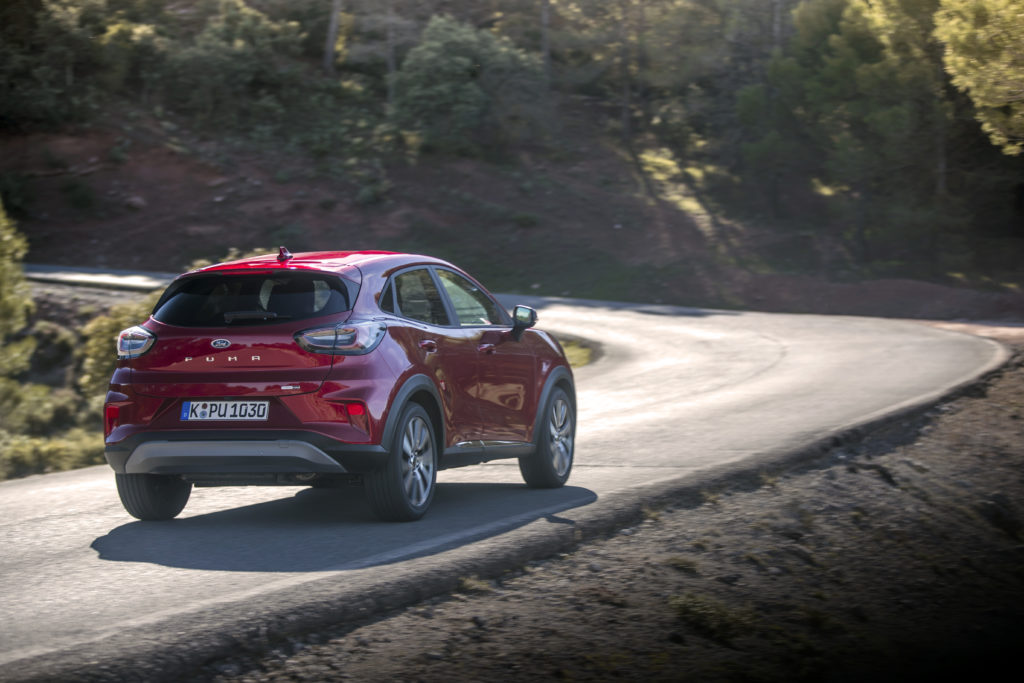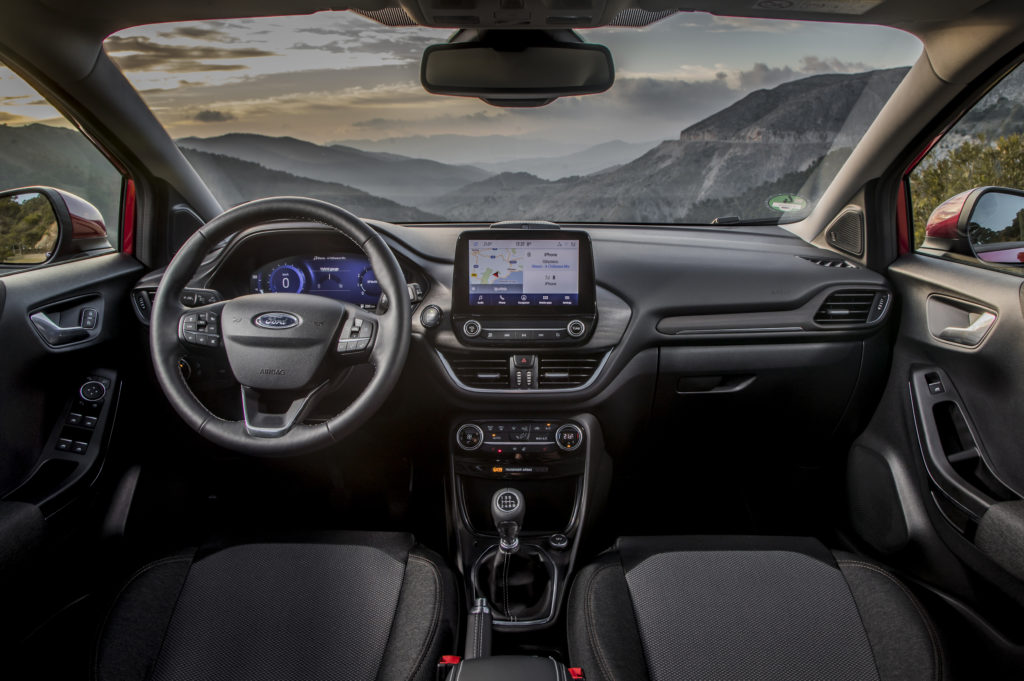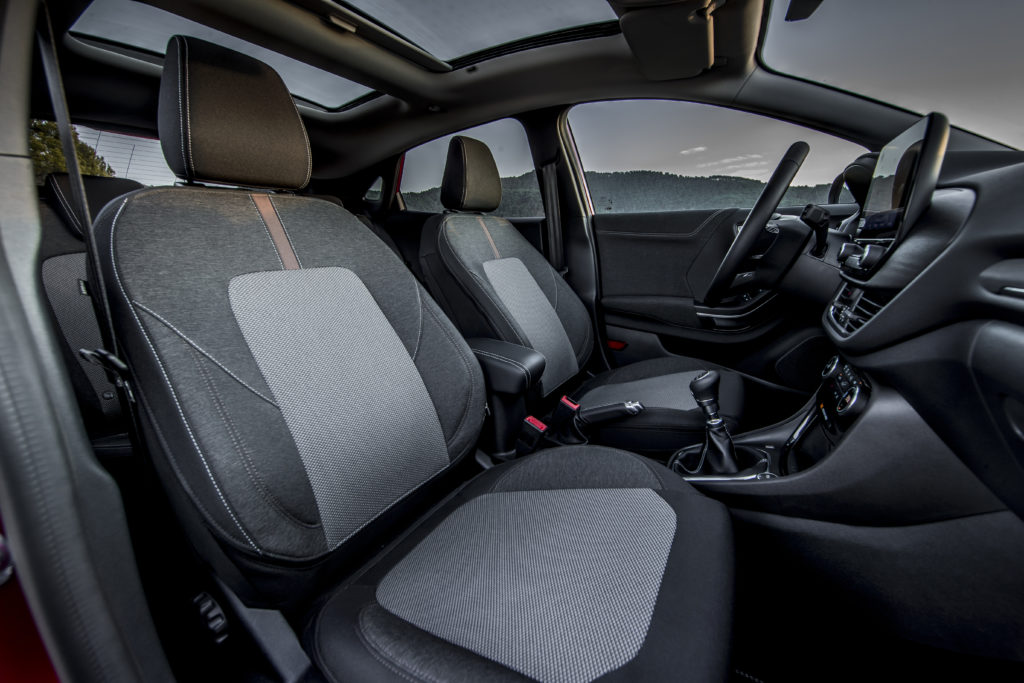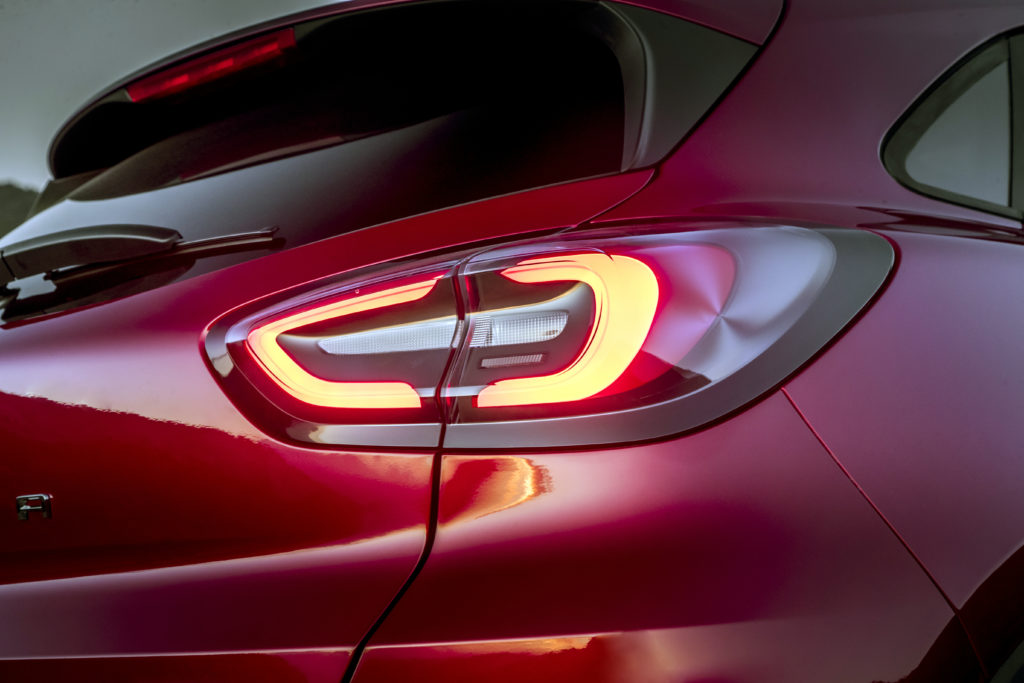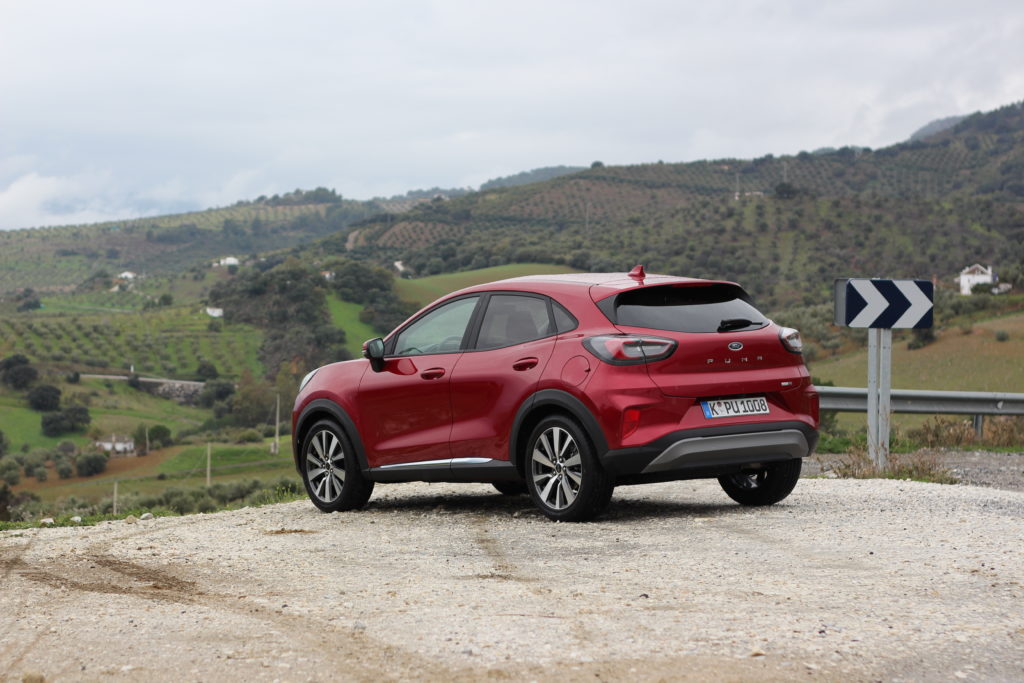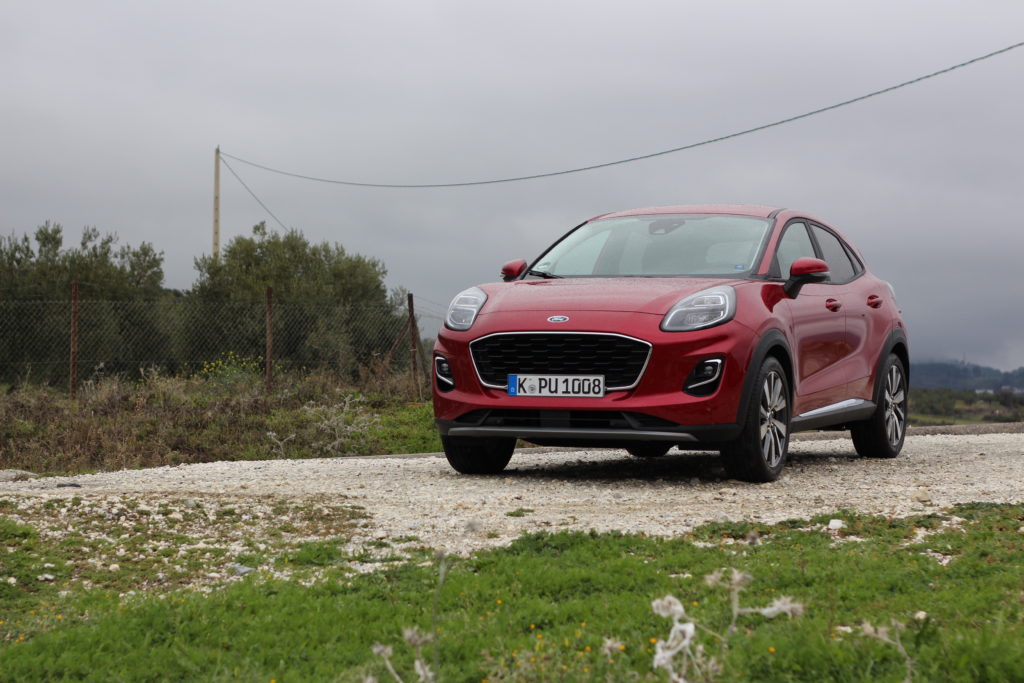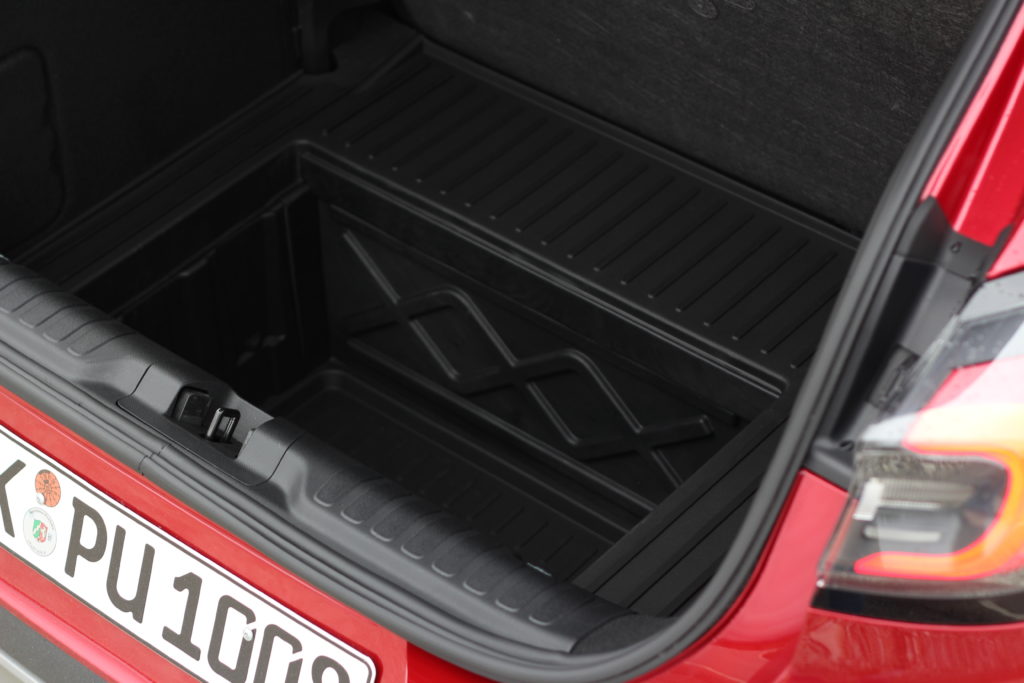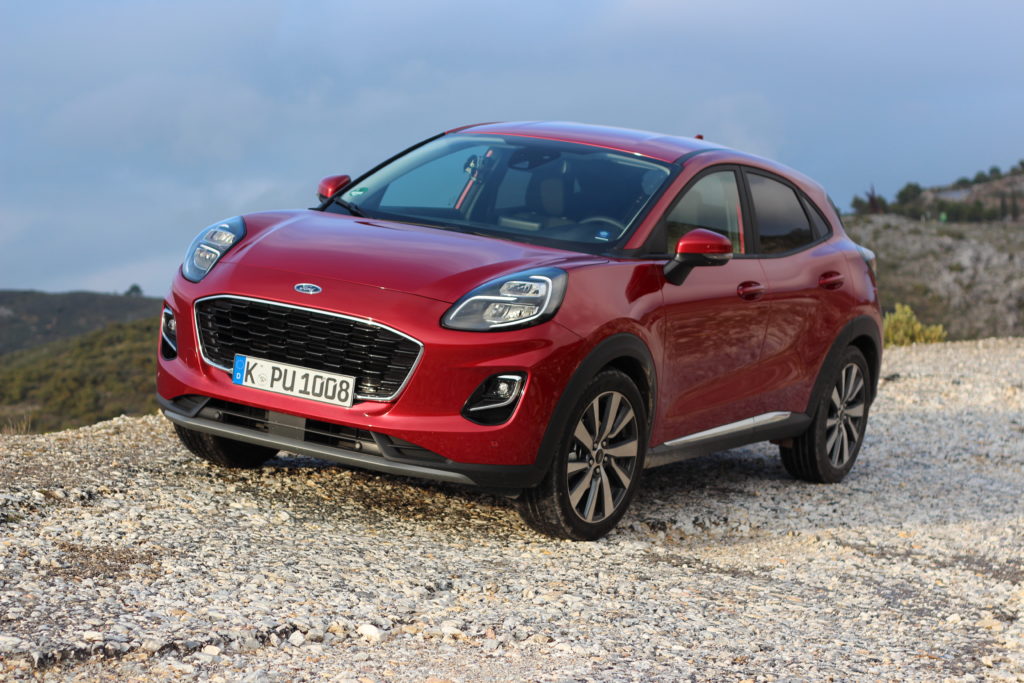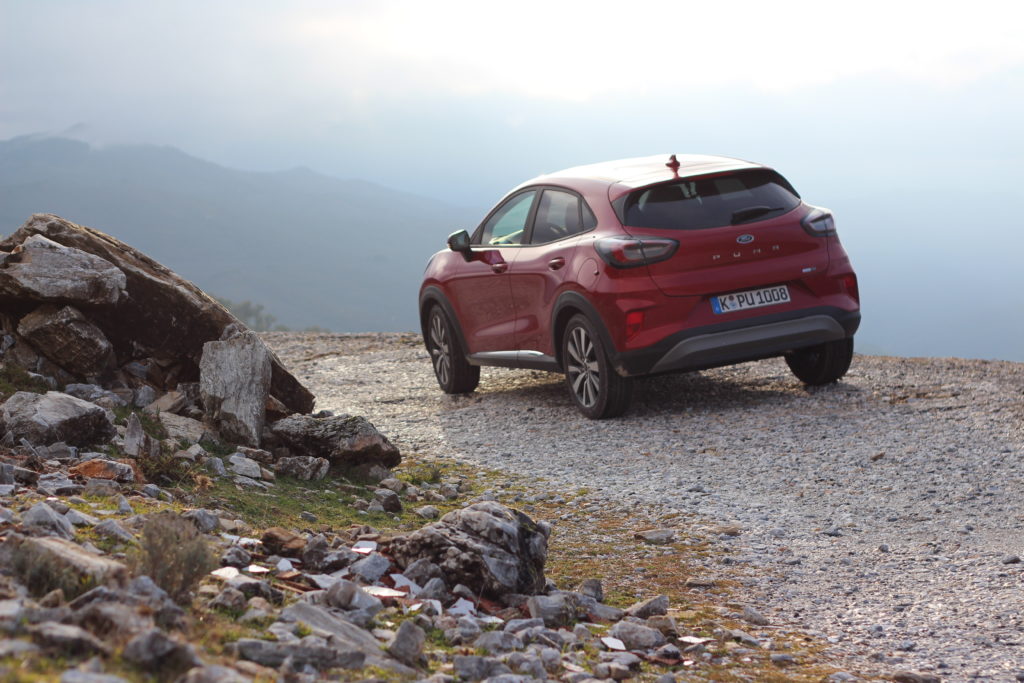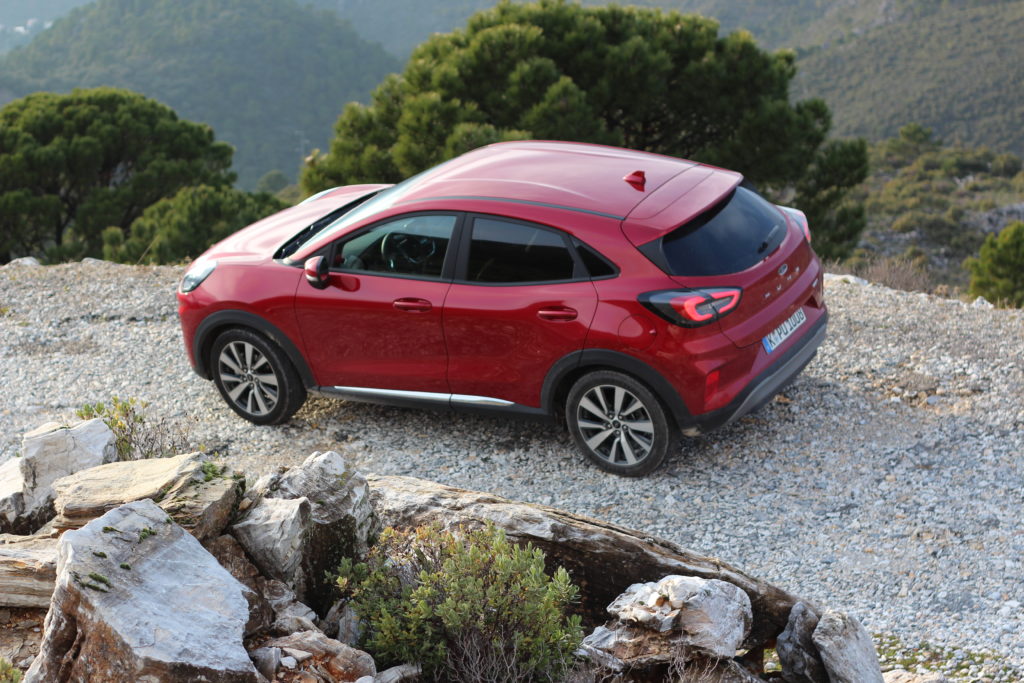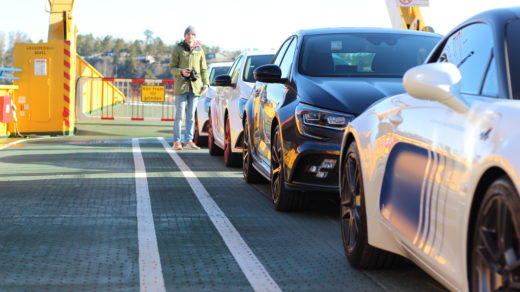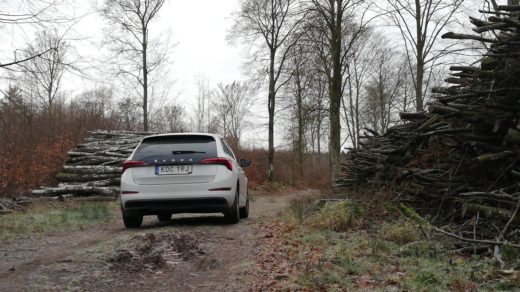First test drive of the new Ford Puma – Can it rise to the top in the competitive crossover segment?
Ford is aggressively pumping out electrified vehicles, and apart from the amazingly uninteresting Mondeo, the company does not have a single hybrid model out yet. With the Puma being the first out with Fords mild hybrid systems, the questions are many, and as I was invited by Ford to fly to Malaga to test drive the car, I couldn´t say no.
Once in Malaga, I was greeted with the keys to either the 125 Titanium or the 155 hp ST-line (no it´s not a pure ST-model). Start small, and go bigger was my motto and a Titanium Puma in lucid red was the car for my day.
First impressions are; the exterior looks juvenile, interior is the same as in all new generation Fords and looks good for a crossover, the springs are way too stiff and there is a lot of tire noise. However, I have two days to get to know the Puma, and with that said, it was time to take the car on some magnificent Spanish mountain roads.
The stiff suspension tries to tell me that it would be set up for some curves. That was, and should not be, the case. Five modes are available, normal, eco, sport, slippery and “terrain”, where slippery was the only bearable. The Puma is not a spine crushingly-hard as nails sports car, and tackling roads only get you that far in sensing how capable the car is. Still, the suspension felt unnecessarily stiff for ordinarily driving.
Fun fact. Ford might be American but the engineers and designers for the Puma were almost exclusively German. Does that fact make it as German as other brands? Off course not. However, the Puma is clearly built for the European market, moving away from the budget minded brand Ford once was. People say that the new Puma is just a bad copy of the old Puma, similar to the Mach-E and Mustang. However, during one of the design presentations, Ford was quick at explaining that they had no intention of making the new Puma similar to the old one, it just happened. I´ll let that one slide.
Since the rear part of the roof swoops down instead of staying flat, ending in a steep angle as the trunk, headspace have unfortunately been lost. To counteract this problem, the ceiling is curved to make more space for the passenger’s heads. Has it worked? Not for me at least. My head was stuck to the ceiling, as well as the side of my head which was propped up against the rounded part of the roof. Not optimal. Luckily, there is enough leg space. In order to not be worst in class, Ford engineers must have had a big brainstorm, and the result was the MegaBox. Located at the trunk and giving a new meaning of deep, it is particularly useful when you need to transport things standing up. Pots, plants, golf bags and so on.
Other news about the interior are a digital gauge cluster. A big thumbs up. Was it needed? Probably not, but it helps perceive the interior as much more modern. The entire design of the gauges changes depending on which mode is chosen. The button for it is placed awkward in front of the gear shifter. Awkward might be an exaggeration, although the steering wheel seems like the better placement. The reason being that changing the modes takes forever, and when it changes, gauge clusters, fuel consumption, disappears for a couple of seconds before the new mode appears with its fancy graphic intro. Having the button on the steering wheel avoids the problem of having to look for the button, moving your hand to press it, waiting for it to change, press again, until you reach the right mode. Luckily, the speed is always visible. Still, an irritating feature.
Other parts about the interior are old, or new, news. The new generation Ford interior can be found in the new Puma, and it is thought out and comfortable. Even in the rear. A drop of color on some panels would be appreciated though. The stark contrasted between the interior and exterior is evident.
The 3 cylinder engine with the hybrid system is an absolute gem. Firstly, the engine sounds very much like a low revving 6 cylinder. Secondly, the hybrid system gives low rev torque as well as high revving peppiness. It is the best of two worlds. The extra 50 Nm from the electric engine helps accelerating even though you might not be in the optimal gear. The usability has gone through the roof. Change into sport mode and even this 125 hp cross over package becomes responsive enough to be actually fun.
My biggest issue with the car is not the car itself, it is the models that will be available. In Sweden, the only hybrid will be the manual 155 hp ST-Line. Want an automatic? Then you have to get a 125 hp non-hybrid model. All will be in the ST-Line package. No basic Titanium here. At least in Sweden, the vast majority buy automatic, and by not having the option of getting an automatic hybrid, you lose a lot of potential buyers.
Ford has struck gold. The Puma is a solid performer in its segment even though the rear headspace might put of some potential buyers, and the exterior design is obviously not made for everyone. In its price point, €21 725/229 9700 Sek for the 125 non hybrid ST-Line and €25 227/266 700 Sek for the maxed out 155 hp mild hybrid ST-Line, it offers something unique on the market in terms of design, power, refinement and price, and that is really something.
